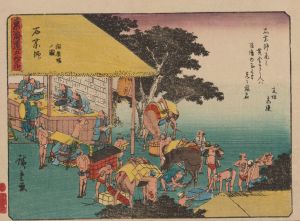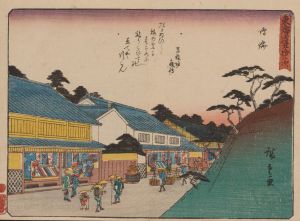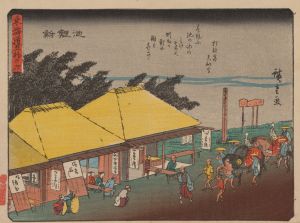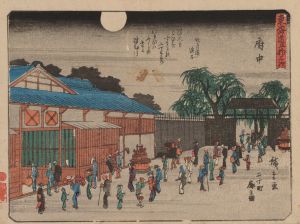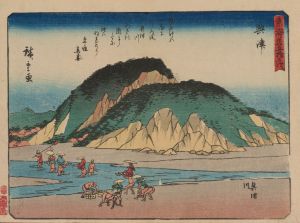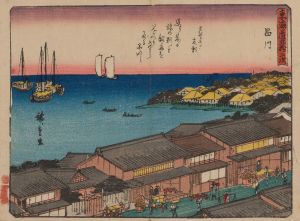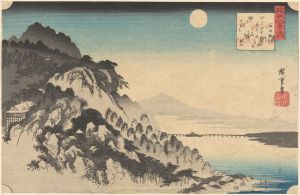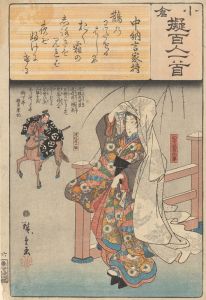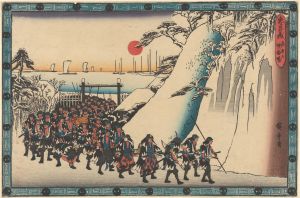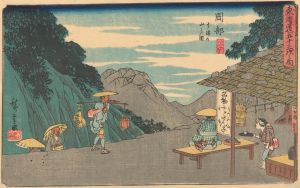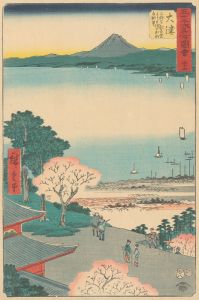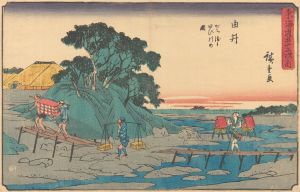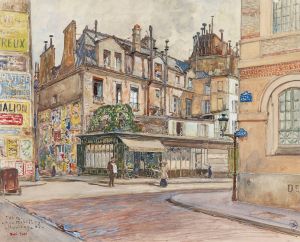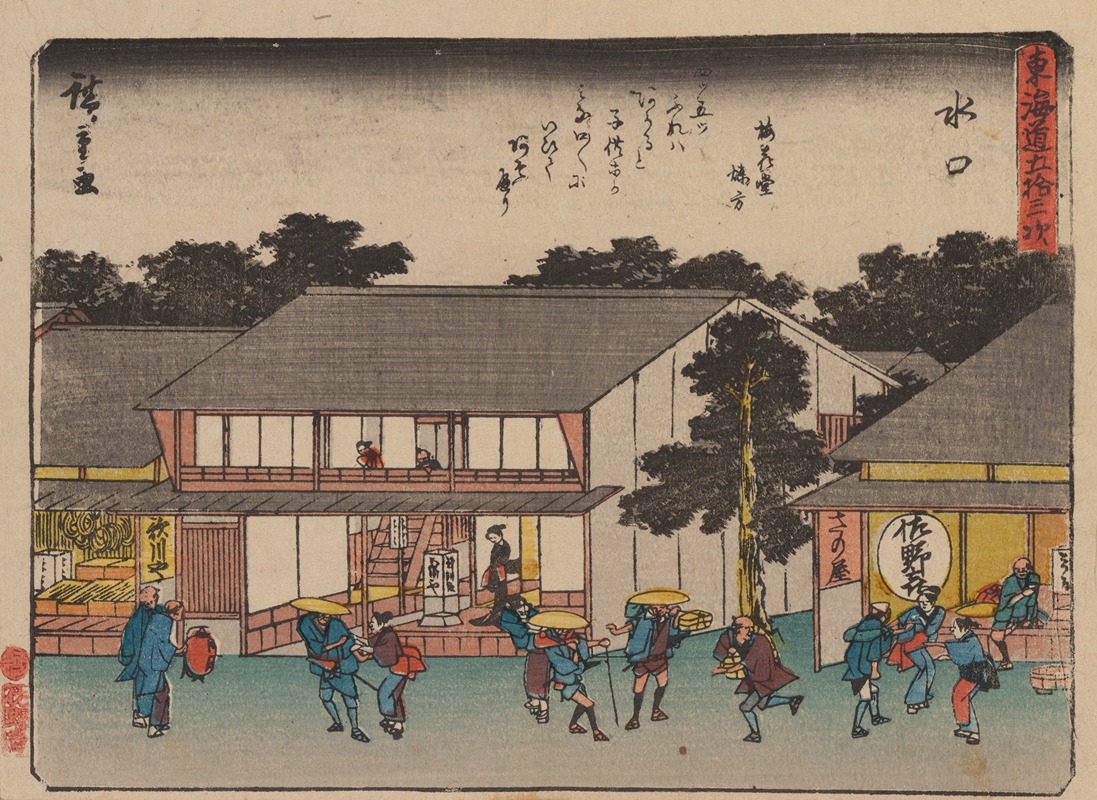
Tokaido gojusantsugi, Pl.51
A hand-painted replica of Andō Hiroshige’s masterpiece Tokaido gojusantsugi, Pl.51, meticulously crafted by professional artists to capture the true essence of the original. Each piece is created with museum-quality canvas and rare mineral pigments, carefully painted by experienced artists with delicate brushstrokes and rich, layered colors to perfectly recreate the texture of the original artwork. Unlike machine-printed reproductions, this hand-painted version brings the painting to life, infused with the artist’s emotions and skill in every stroke. Whether for personal collection or home decoration, it instantly elevates the artistic atmosphere of any space.
Andō Hiroshige, a renowned Japanese ukiyo-e artist of the Edo period, is celebrated for his landscape prints and his series "The Fifty-three Stations of the Tōkaidō" (Tōkaidō Gojūsan-tsugi). This series, created between 1833 and 1834, is one of Hiroshige's most famous works and consists of 55 prints, including the starting point at Nihonbashi in Edo (modern-day Tokyo) and the ending point at the Sanjō Bridge in Kyoto, along with the 53 stations in between.
Plate 51 of this series is titled "Ishiyakushi" and depicts the Ishiyakushi station, which was the 45th station on the Tōkaidō road. The Tōkaidō was the most important of the Five Routes of the Edo period, connecting Edo with Kyoto. It was a vital artery for travel and trade, and the stations along the route provided lodging and services for travelers.
Hiroshige's depiction of Ishiyakushi is characteristic of his style, which often includes a harmonious blend of human activity and natural scenery. In this print, Hiroshige captures the serene beauty of the landscape surrounding the station. The scene is set against a backdrop of lush greenery and rolling hills, with travelers and locals going about their daily activities. This reflects the typical life and environment of the Edo period, providing a glimpse into the historical and cultural context of the time.
Hiroshige's use of color and composition in this print is notable. He employs a subtle palette that enhances the tranquil atmosphere of the scene. The composition is carefully balanced, with the placement of figures and natural elements guiding the viewer's eye through the landscape. This attention to detail and composition is a hallmark of Hiroshige's work and contributes to the enduring appeal of his prints.
The "Fifty-three Stations of the Tōkaidō" series was highly popular in its time and remains influential today. It not only showcases Hiroshige's artistic talent but also serves as a historical document, capturing the essence of travel and life along the Tōkaidō road during the Edo period. Hiroshige's work has inspired countless artists and continues to be celebrated for its beauty and historical significance.
Hiroshige's prints, including Plate 51, are part of the ukiyo-e tradition, which translates to "pictures of the floating world." This genre of art flourished in Japan from the 17th to the 19th centuries and typically depicted scenes of landscapes, theater, and pleasure quarters. Hiroshige's landscapes, however, brought a new dimension to ukiyo-e, focusing on the natural beauty and the everyday life of people, which was a departure from the more common subjects of courtesans and actors.
Today, Hiroshige's works are held in high esteem and are part of collections in museums around the world. They continue to be studied and appreciated for their artistic merit and their insight into Japanese culture and history. The "Fifty-three Stations of the Tōkaidō" series, including the Ishiyakushi print, remains a testament to Hiroshige's skill and his ability to capture the spirit of a bygone era.





